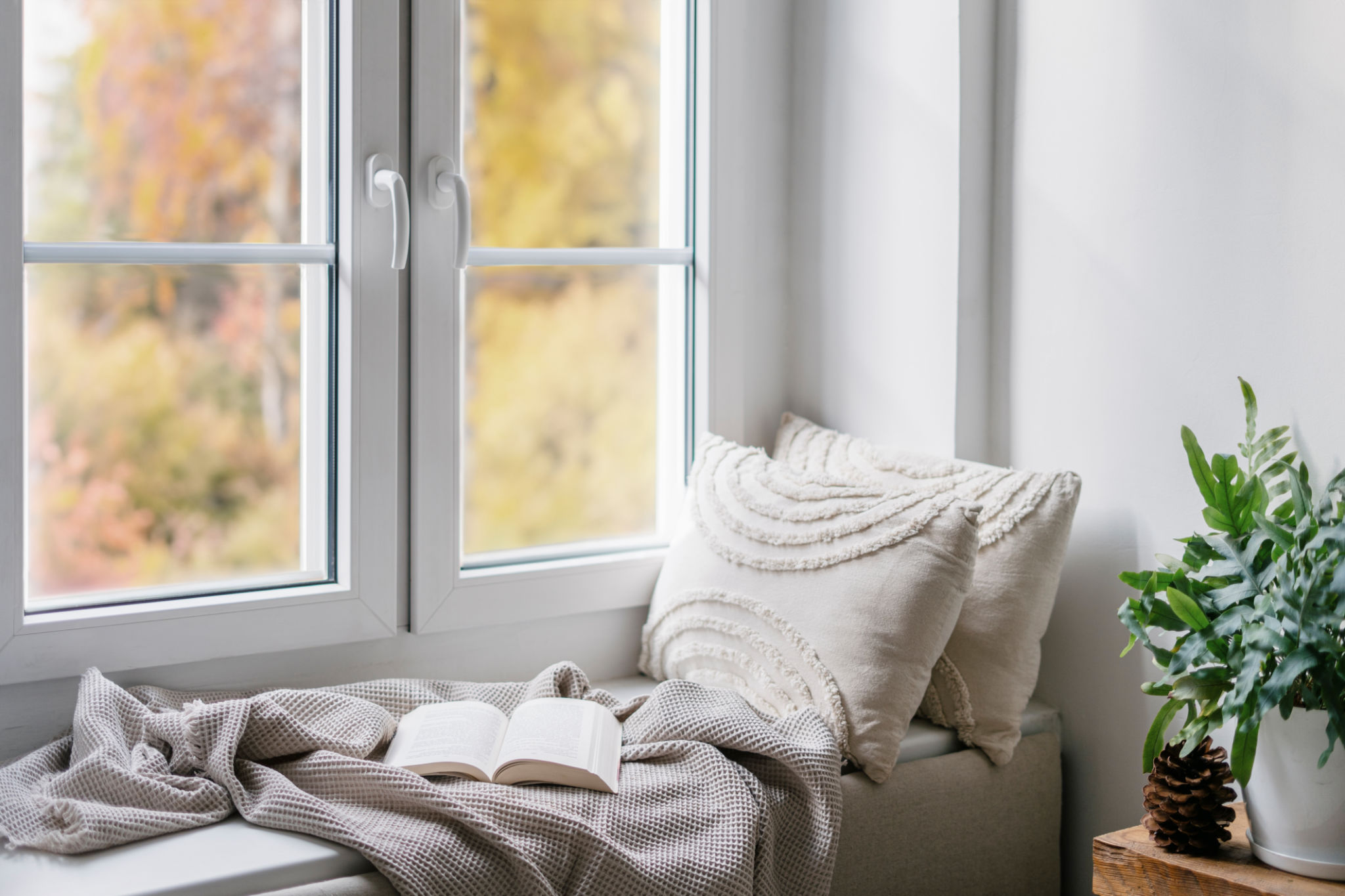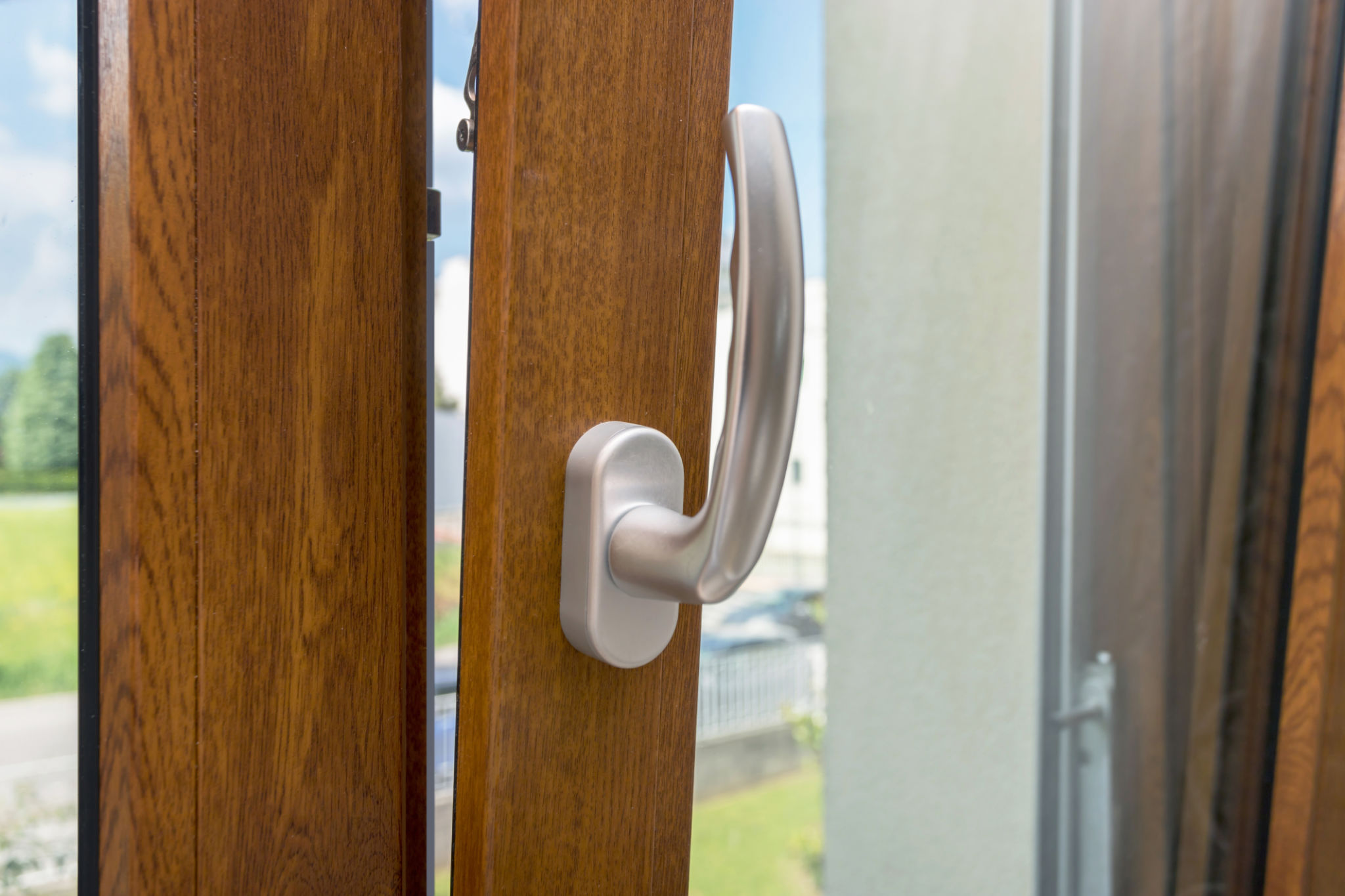Comparing Window Materials: Which is Best for Your Spilsby Home?
Introduction to Window Materials
Choosing the right windows for your Spilsby home can significantly impact not just the aesthetics but also the energy efficiency and maintenance requirements of your house. With various window materials available in the market, it can be challenging to determine which one best suits your needs. This guide will delve into the most popular window materials, highlighting their benefits and drawbacks.

Vinyl Windows
Pros of Vinyl Windows
Vinyl windows are a popular choice due to their affordability and low maintenance. They are made from PVC, which is resistant to moisture and doesn’t require painting. Vinyl windows are energy-efficient as they provide excellent insulation, helping to keep your home warm during the cold Spilsby winters. Additionally, they are available in a variety of styles and colors, allowing for easy customization.
Cons of Vinyl Windows
On the downside, vinyl windows can be less durable over time compared to other materials. They may warp or fade under extreme temperatures, which could affect their longevity and appearance. Furthermore, while customization is available, it is somewhat limited compared to materials like wood or aluminum.

Wood Windows
Pros of Wood Windows
Wood windows offer a classic and timeless appearance that can enhance the character of any home. They provide excellent insulation, making them a great choice for maintaining indoor temperature. The natural beauty of wood allows for extensive customization with paints and stains, giving homeowners more flexibility in design.
Cons of Wood Windows
However, wood windows require regular maintenance to prevent issues such as rot, warping, or insect damage. They can be more expensive than other options, both in terms of upfront costs and ongoing maintenance requirements. Despite these drawbacks, wood windows remain a favored choice for their aesthetic appeal.

Aluminum Windows
Pros of Aluminum Windows
Aluminum windows are known for their strength and durability. They are lightweight yet sturdy, making them an ideal choice for larger window openings. Their slim frames allow for more glass area, which maximizes natural light in your home. Additionally, aluminum windows are low-maintenance and resistant to rust and corrosion.
Cons of Aluminum Windows
The primary disadvantage of aluminum windows is their poor insulation properties. They can conduct heat and cold, leading to potential energy inefficiencies if not properly treated with thermal breaks. Furthermore, while they are available in various finishes, they generally offer less customization compared to wood windows.

Fiberglass Windows
Pros of Fiberglass Windows
Fiberglass windows are gaining popularity due to their superior insulation and durability. They mimic the appearance of wood but do not require the same level of maintenance, making them an attractive alternative. Fiberglass is incredibly strong and can withstand extreme weather conditions without warping or cracking.
Cons of Fiberglass Windows
The main drawback of fiberglass windows is their cost; they tend to be more expensive than vinyl or aluminum options. Additionally, while they offer some customization in terms of color and finish, the options are not as extensive as those available for wood windows.
Conclusion: Choosing the Best Material for Your Home
Selecting the right window material for your Spilsby home depends on various factors, including budget, aesthetic preferences, and maintenance capabilities. Vinyl offers affordability and efficiency; wood provides classic beauty; aluminum offers strength; and fiberglass combines durability with low maintenance. By weighing these factors against your specific needs, you can make an informed decision that enhances both the functionality and appearance of your home.